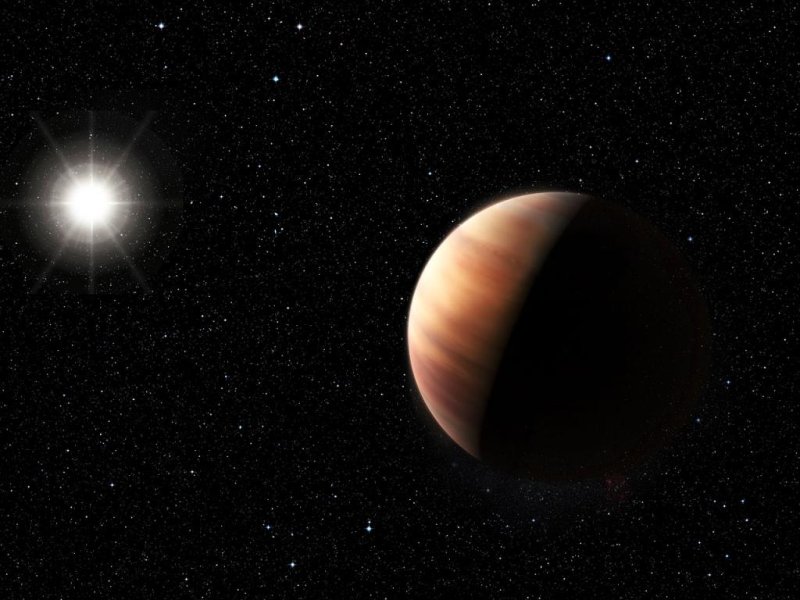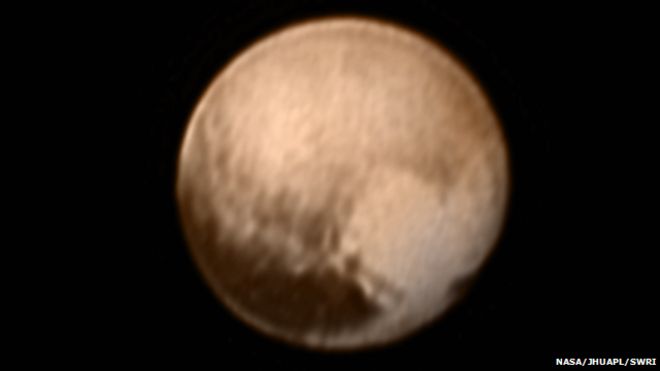 For the first time, astronomers in Europe have observed star-forming gas clouds in the early universe -- the building blocks of the first galaxies.
For the first time, astronomers in Europe have observed star-forming gas clouds in the early universe -- the building blocks of the first galaxies.
The faint glow of ionized carbon was spotted by the European Southern Observatory's ALMA telescope, located in Chile. To find these earliest galaxies, researchers trained the telescope deep into space, past the obvious light of more mature quasars and star-filled galaxies.

 Science Glance
Science Glance Researchers have discovered a massless particle, which was first theorized 85 years ago and thought to be a possible building block for other subatomic particles. The discovery of the Weyl fermion, conceived of by mathematician and physicist Hermann Weyl in 1929, could be a boon for electronics, researchers said. It could allow electricity to flow more freely and efficiently providing greater power, most notably for computers.
Researchers have discovered a massless particle, which was first theorized 85 years ago and thought to be a possible building block for other subatomic particles. The discovery of the Weyl fermion, conceived of by mathematician and physicist Hermann Weyl in 1929, could be a boon for electronics, researchers said. It could allow electricity to flow more freely and efficiently providing greater power, most notably for computers. A nearly complete, new dinosaur fossil has been unearthed in China, the first in its family to have unusually short feathered wings.
A nearly complete, new dinosaur fossil has been unearthed in China, the first in its family to have unusually short feathered wings. Signals from a spacecraft 3 billion miles away swept over Earth on Tuesday, confirming that NASA's New Horizons probe survived its history-making Pluto flyby.
Signals from a spacecraft 3 billion miles away swept over Earth on Tuesday, confirming that NASA's New Horizons probe survived its history-making Pluto flyby. A team of international astronomers may have found a solar system just like ours, lending hope to researchers looking to find rocky Earth-like exoplanets in the habitable zone.
A team of international astronomers may have found a solar system just like ours, lending hope to researchers looking to find rocky Earth-like exoplanets in the habitable zone. New Horizons has acquired yet another stunning view of Pluto.
New Horizons has acquired yet another stunning view of Pluto.






























